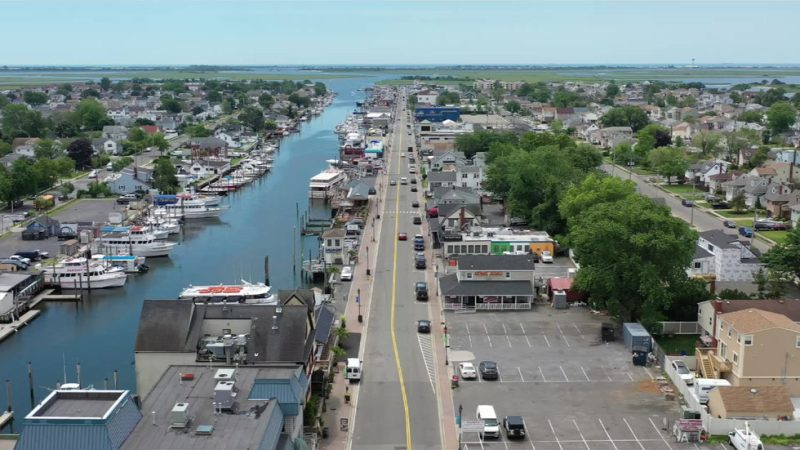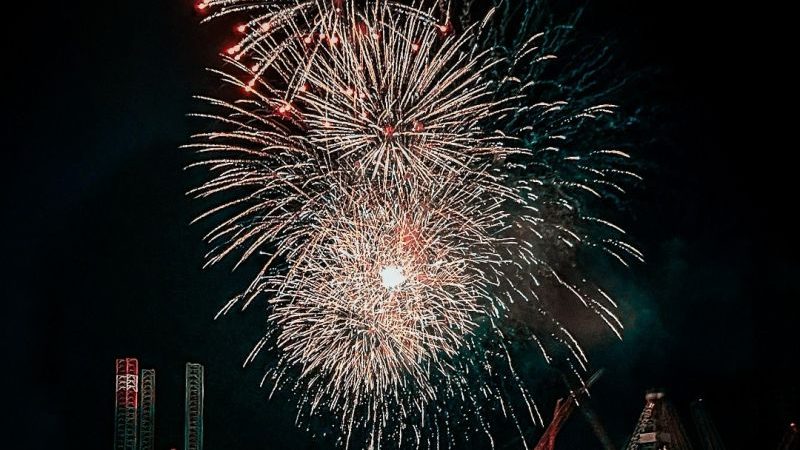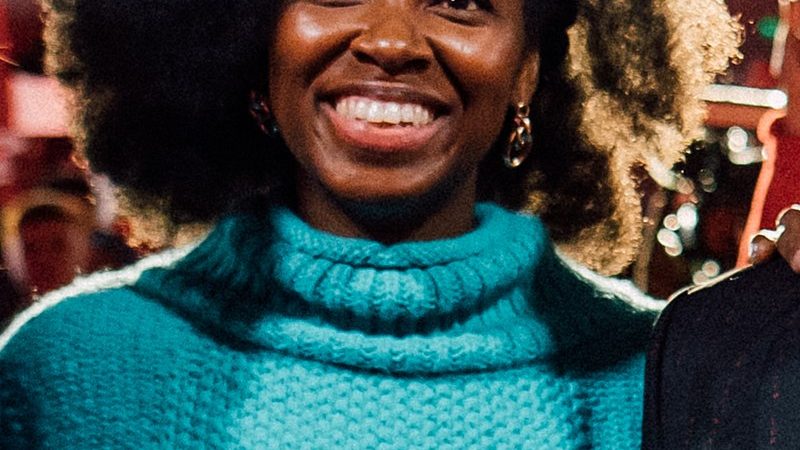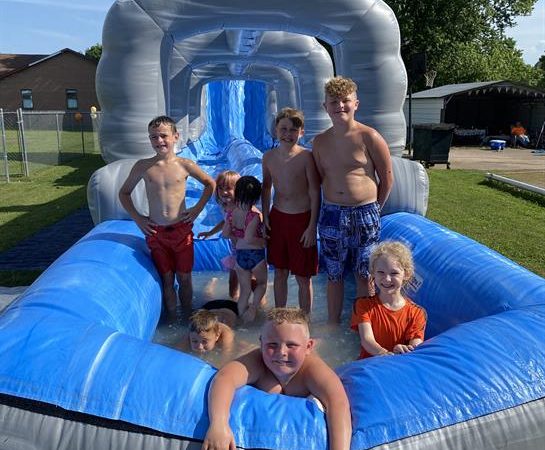Unmasking the Enigmatic Bruce Jeffrey Pardo: A Tale of Tragedy and Intrigue

In the annals of true crime, certain stories stand out not only for their shocking nature but also for the layers of complexity that surround them. Bruce Jeffrey Pardo’s tale is one such narrative that continues to captivate and mystify those who delve into the darker corners of human behavior. From the outside, he seemed like an average individual, but beneath the surface lay a turbulent psyche that eventually led to one of the most gruesome crimes in recent memory.
Early Life and Background:
Born on March 23, 1963, in the city of San Fernando, California, Bruce Jeffrey Pardo spent his formative years navigating the complexities of life. Little is known about his early life, but as he grew older, it became apparent that there were underlying issues that would eventually come to a head. Pardo attended California State University, Northridge, where he earned a degree in computer science, setting the stage for what seemed like a promising future.
Professional Success and Marriage:
Pardo’s professional life initially followed a seemingly normal trajectory. He secured a job at ITT Electronic Systems, where he utilized his computer science skills to make a living. However, his personal life took a significant turn when he met and married Sylvia Ortega in 2006. At first glance, they appeared to be a picture-perfect couple, but cracks in their relationship began to emerge, foreshadowing the tragedy that would unfold.
Divorce and Financial Woes:
The idyllic facade of the Pardo marriage crumbled as financial troubles and marital discord mounted. In 2008, just one year after their marriage, the couple filed for divorce. The separation was anything but amicable, as court records revealed bitter disputes over assets and alimony. Pardo’s financial situation deteriorated, leading him down a path of desperation and resentment.
The Covina Massacre:
The breaking point came on December 24, 2008, when Bruce Jeffrey Pardo, disguised as Santa Claus, descended upon his ex-in-laws’ annual Christmas Eve party in Covina, California. Armed with guns and a homemade flamethrower, he unleashed a nightmarish attack that would leave nine people dead and the community in shock. Pardo’s targets included not only his ex-wife Sylvia but also her parents and extended family members.
The motives behind Pardo’s heinous actions were chillingly clear – a twisted revenge plot fueled by his bitterness over the divorce settlement. After carrying out the massacre, Pardo attempted to flee the scene but encountered an unexpected setback. In the midst of his escape, he suffered severe third-degree burns from the flamethrower he had used during the attack. Undeterred, he continued his escape and later committed suicide in a rental home.
Unraveling the Mind of a Killer:
The Covina Massacre raised numerous questions about Pardo’s mental state and the factors that drove him to commit such an unimaginable act. Psychologists and criminal profilers have since delved into his background, searching for clues that might shed light on the dark recesses of his mind.
Some theories suggest that Pardo’s mental health may have been compromised long before the massacre, with unresolved issues stemming from his childhood or early adulthood. Others point to the acrimonious divorce as a triggering event, pushing him over the edge and igniting a deep-seated rage.
The Intriguing Santa Claus Disguise:
Pardo’s choice of a Santa Claus disguise added an eerie layer of symbolism to the massacre. The jovial and benevolent image of Santa Claus contrasted sharply with the gruesome violence he unleashed. Some experts speculate that this disguise served as a macabre commentary on the commercialization of Christmas and the façade of happiness that can conceal underlying despair.
Impact on the Community:
The Covina Massacre had a profound impact on the tight-knit community of Covina, as well as the broader public. The tragedy prompted soul-searching conversations about the warning signs of domestic violence and the importance of addressing mental health issues. It also raised questions about the adequacy of existing legal and law enforcement measures in preventing such atrocities.
Legacy and Lessons:
The legacy of Bruce Jeffrey Pardo is one of infamy and tragedy, leaving a scar on the collective memory of those who witnessed the Covina Massacre. The case continues to be studied by criminologists, psychologists, and law enforcement professionals in an effort to prevent similar incidents in the future.
The Covina Massacre serves as a stark reminder of the complex interplay between mental health, personal relationships, and societal pressures. It underscores the importance of recognizing and addressing warning signs of potential violence, as well as the need for support systems to assist individuals facing emotional turmoil.
Conclusion:
Bruce Jeffrey Pardo’s story is a chilling chapter in the annals of true crime – a tale of a man whose descent into darkness culminated in a night of unspeakable horror. The Covina Massacre shocked the nation and left an indelible mark on the community it touched. As we reflect on this tragedy, we are reminded of the fragility of the human psyche and the importance of fostering a society that prioritizes mental health awareness and intervention.
1. Who is Bruce Jeffrey Pardo? Bruce Jeffrey Pardo was an American man born on March 23, 1963, in San Fernando, California. He gained notoriety for committing the Covina Massacre on December 24, 2008, during a Christmas Eve party in Covina, California.
2. What is the Covina Massacre? The Covina Massacre refers to the horrific event on Christmas Eve in 2008, where Bruce Jeffrey Pardo, disguised as Santa Claus, attacked his ex-in-laws’ family gathering. Armed with guns and a homemade flamethrower, he killed nine people and injured several others before fleeing and later committing suicide.
3. What led to the Covina Massacre? The massacre was fueled by Pardo’s bitterness over his recent divorce from Sylvia Ortega, his ex-wife. The divorce settlement and financial disputes contributed to his deteriorating mental state, leading to the violent act as a form of revenge.
4. How did Bruce Jeffrey Pardo carry out the attack? Pardo entered the Christmas party wearing a Santa Claus suit and opened fire. He also carried a homemade flamethrower, which he used to set the house on fire. The violent assault resulted in the deaths of family members, including his ex-wife’s parents.
5. Did Bruce Jeffrey Pardo have any mental health issues? While there is no conclusive evidence of diagnosed mental health issues, some experts speculate that Pardo may have had underlying psychological problems. The extreme nature of his actions suggests a troubled mental state, possibly exacerbated by the stress of the divorce and financial problems.
6. What happened to Bruce Jeffrey Pardo after the Covina Massacre? After the attack, Pardo attempted to flee but suffered severe burns from his own flamethrower. He later died by suicide at a rental home. The incident shocked the community and prompted discussions about domestic violence, mental health, and the potential warning signs of such tragedies.
7. Were there any warning signs before the Covina Massacre? In retrospect, there were indications of Pardo’s deteriorating mental state, including the acrimonious divorce proceedings and financial troubles. However, specific warning signs that could have predicted the extreme violence remain unclear.
8. How did the Covina Massacre impact the community? The Covina Massacre had a profound impact on the community, leading to increased awareness about domestic violence and mental health issues. It prompted discussions on the importance of recognizing warning signs and providing support to individuals facing emotional turmoil.
9. What is the legacy of Bruce Jeffrey Pardo and the Covina Massacre? Bruce Jeffrey Pardo’s legacy is one of infamy and tragedy. The Covina Massacre serves as a somber reminder of the complex interplay between mental health, personal relationships, and societal pressures. The case continues to be studied by experts in various fields to better understand and prevent similar incidents.
10. How did the Covina Massacre influence discussions on mental health and domestic violence? The Covina Massacre sparked conversations about the importance of addressing mental health issues and recognizing potential warning signs of domestic violence. It highlighted the need for support systems and intervention strategies to prevent such tragic events in the future.






